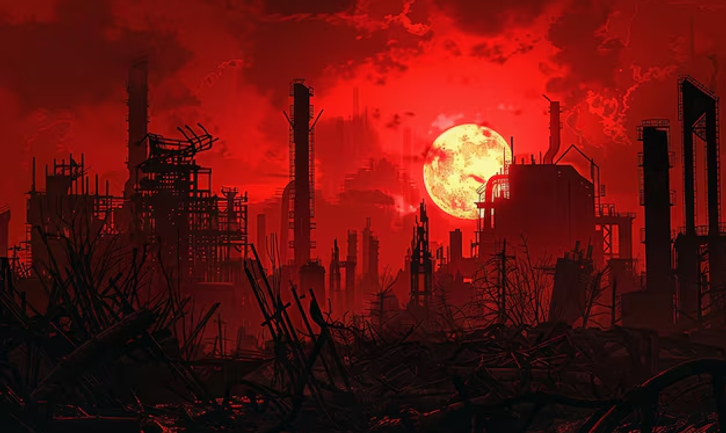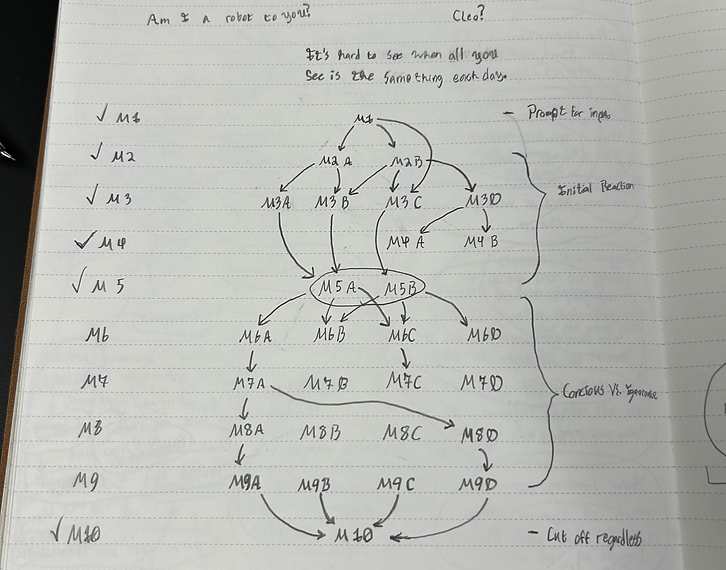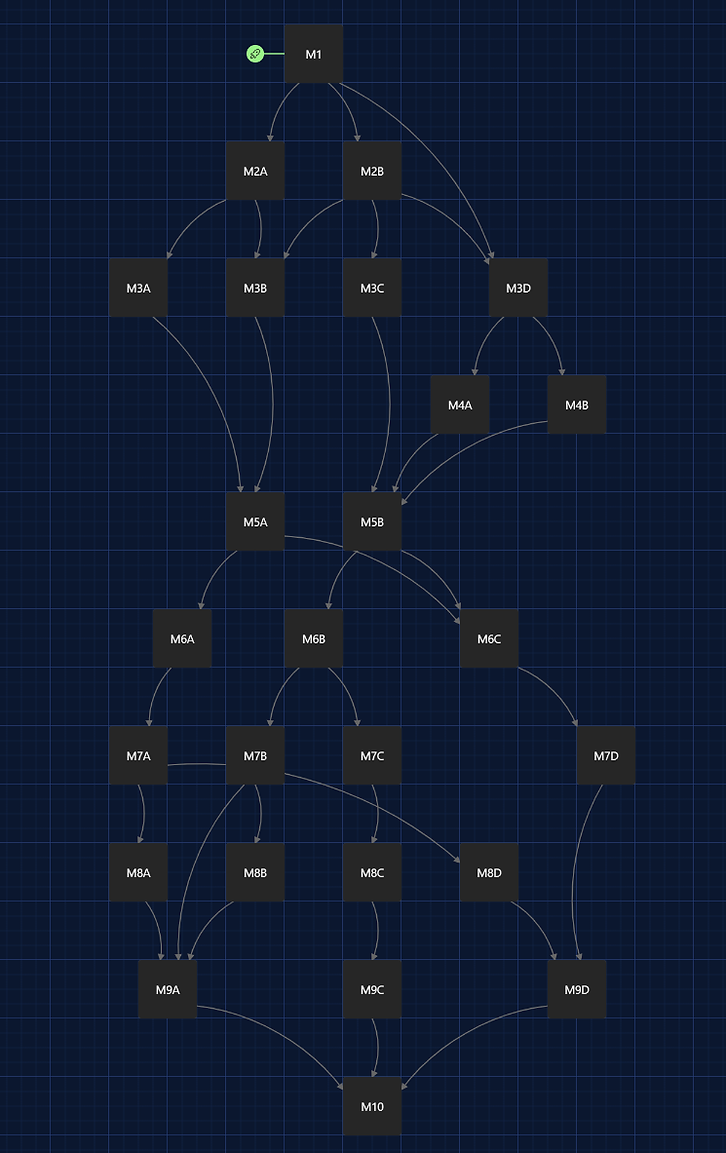
A Disconnected Dialogue from 2105
Solo Branching Narrative Project at DigiPen Institute of Technology
Roles: Narrative Designer, Game Writer.
Tools: Twine, Microsoft Word.
Skills: Dialogue Writing, World Building, Technical Narrative Design, Playtesting.
Genre: Drama.
Target Audience: Player's driven by world immersion and those effected perpetually growing online dependencies following the Covid-19 Pandemic.
Branching Storylines
A Disconnected Dialogue from 2105 is an interactive narrative experience I wrote as a solo project for an advanced narrative game design course at DigiPen Institute of Technology. This project was a study in writing branching narratives with multiple options offered to the player, with some choices making minimal differences to the outcomes of the experience, and some greatly altering the path to the end.

Brainstorming
Interpreting a Theme

'Bears' as a Theme
YES! We we're assigned to theme our projects around "Bears", with a great deal of wiggle room in how we wanted to interpret that theme. I chose to interpret it as exploring what it means to bear something, as in deal with a situation, and live with a struggle.
My process for brainstorming can be seen on the right. I started by writing down the theme on the top left page, and then also wrote down the restrictions for the assignment close by it. From these, I started making connections between the limitations and the theme, and wrote down any ideas that came up during that time. I then started making connections between the ideas I was having back with the themes and limitations, and continued doing this over and over again.
Once I reached a cohesive direction that I liked and with multiple key moments in mind, I started brainstorming the world I was going to set the story in.
Imagining the World
I looked over a great deal of reference images to figure out exactly what I was imaging the setting to be. This was an important step for me because even if the player never sees the post apocalyptic wasteland the game is set in, with all of humanity being moved to colonies under the Earth's surface, being able to write with that in mind was vital for me characterizing the characters and their views on the world in their current situation. With the world set, I moved on to Writing.


Writing and Revision
Writing the Game

Making Mistakes
As I started writing, I had a problem where I was struggling to figure out how to fill the spaces between the big ideas I came up with while brainstorming. I first tried writing dialogue reflective of the characters in the experience, but I then was finding myself really starting to push the scope of the project, as my dialogue was introducing more branching paths than I was going to be able to handle, and I was struggling to have every dialogue path push in a direction that was progressing the plot in the direction I needed it to.
To solve this problem, I started writing the game in reverse. I began by illustrating what all of my endings were, and what they meant. I also then created a map on paper of how abouts the ending would be reached from the starting point, which helped me to identify exactly how much I would need to write and what points in the story. This gave me the structure I needed to get moving forward, and it also gave me better perspective about where I was going which I could use to revise any of the parts I had already written.

Dialogue Maps
Mapping Out the Dialogue Structure

On Paper
My map on Paper was a little more ambitious than the final implementation.
With Module 5 you will notice the dialogue branches come back together. There's two versions of Module 5 here because the context going into the reconvening moment can be slightly different, so the framing of the same event changes, though its still ultimately the same moment.
The Second Half of the game at this time has viably more possible lines to it and supports 4 ending variations.
You see a Cascading event coming out of Module 7A. One option in this choice can radically alter the path the dialogue is going down, which leads to a specific ending variation.

Into Twine
The First Half of the map you will notice is identical to the on Paper Draft.
The Second Half is a little stripped down here, most notably cutting out an ending variation.
The pathing to the various endings are a little simplified as well. This change helped me reduce the amount of unique dialogue I needed to write, which made the writing process much more manageable. This change saved on time, which provided me more time to give attention towards iteration on the remaining moments in the game.
